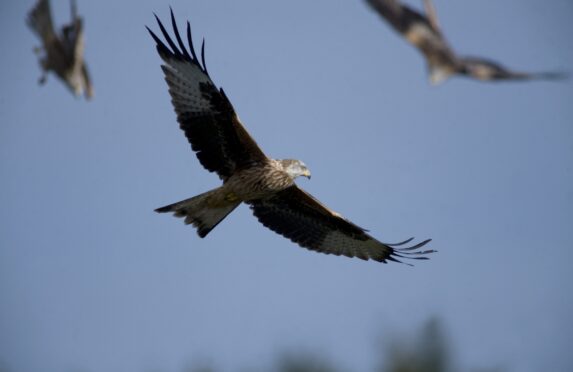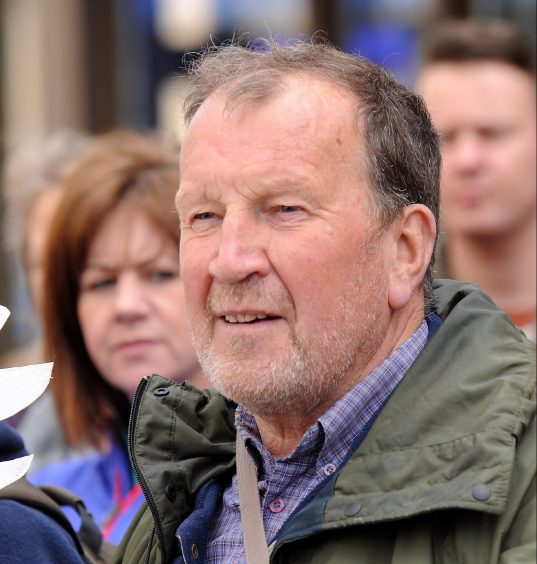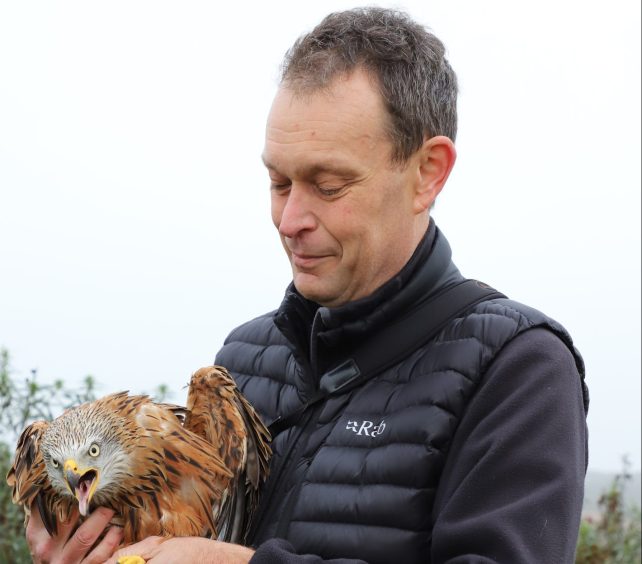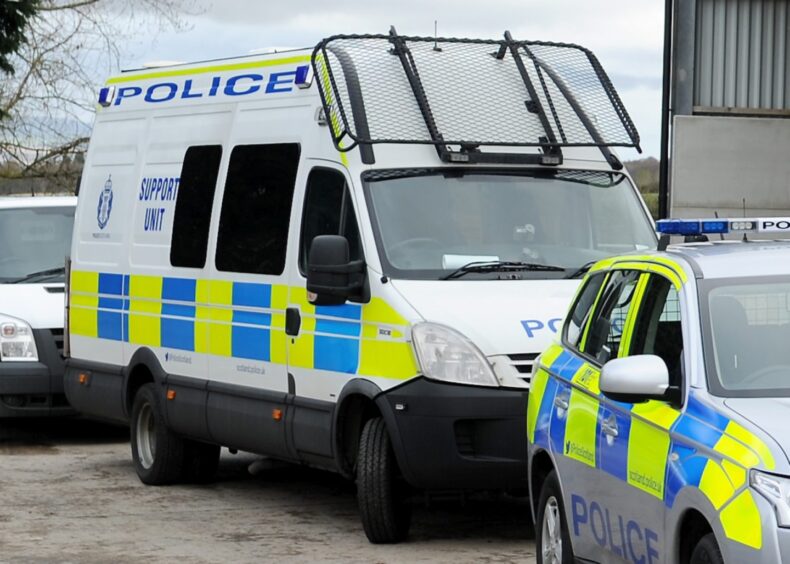A decade has passed since a mass poisoning incident left 16 raptors dead within a small area of the Black Isle.
The mystery puzzled police officers, angered bird experts and brought the topic of wildlife crime to the nation’s attention.
But despite the thousands of hours dedicated to cracking the case, no one has ever been held responsible for the illegal killings.
Brian Etheridge worked as the RSPB’s red kite officer and found most of the dead birds.
“It’s incredibly frustrating,” he said. “And I presume the person who is responsible for this is still out there.”
What happened?
Mr Etheridge had been working with the reintroduction of red kites since the mid-1990s.
In April 2014, he was two years away from retirement.
At the time, the species had been flourishing.
But suddenly, its very existence in the Highlands came under serious threat.
In all, 12 red kites and four buzzards were poisoned on land east of Conon Bridge.
Brian recalled: “At the time, I was furious. I was one angry person.
“I’d seen the population increase and then there was this just huge setback.
“I was angry at the culprit, at the system, at the police.”
It quickly became clear that interest in this incident was not going to be restricted to Highland bird-watchers.
It made headlines around the country.
Scottish Natural Heritage chairman Ian Ross described the deaths as “shocking, grim and distressing”.
Within weeks of the first reported deaths, a protest was held in Inverness city centre and a reward for information leading to a prosecution swelled to a whopping £27,000.
How is the red kite population doing now after the mass poisoning?
Unfortunately, that positive momentum did not lead to answers.
And in April 2017, police announced that its investigation was no longer active.
No one was ever charged in connection with the case.
But that’s not to say that nothing positive came out of it.
Brian and the RSPB believe the huge wave of publicity it brought helped deter others from taking the same steps, knowing that they’d be unlikely to get away with it.
And in 2015, it led to the appointment of the region’s first dedicated full-time wildlife crime officer.
10 years later, the good news is that the red kite population has bounced back.
Duncan Orr-Ewing, head of species and land management with the RSPB, said: “The Black Isle red kite population has now largely recovered. And it’s expanding.
“It’s generally a more positive picture now. There are around 450 breeding pairs in Scotland and the population is gradually increasing.
“Having said that, it should be much larger.
“In England, there was a similar reintroduction project and they now have 4,000 breeding pairs.
“In the early years, the difference was largely explained by higher levels of illegal poisoning and persecution.”
‘Game-changing’ wildlife crime bill
Recently published figures have shown a 28% increase in wildlife crime across Scotland since 2019.
Solving these cases has been difficult. They mostly happen in remote areas with few witnesses, making it easier to hide evidence.
The passing of the Wildlife Management and Muirburn Bill by the Scottish Parliament last month could change things, however.
It has been described by Duncan Orr-Ewing as a “game-changer”.
Brian, 78, is now enjoying his retirement in Wester Ross.
Red kites haven’t made it out that far yet – but one day, he’d love to see them there.
Despite the difficult circumstances and lack of closure, he’s thankful for the many people who offered their help with the investigation.
“It set the wheels in motion to bring about change,” Brian said. “It alerted the Scottish Government that wildlife crime is important to the public and they want it to be properly investigated.
“From my point-of-view, I hadn’t realised how much the general public had taken this bird to heart.
“It turned out that the red kite had loads of friends.”




Conversation